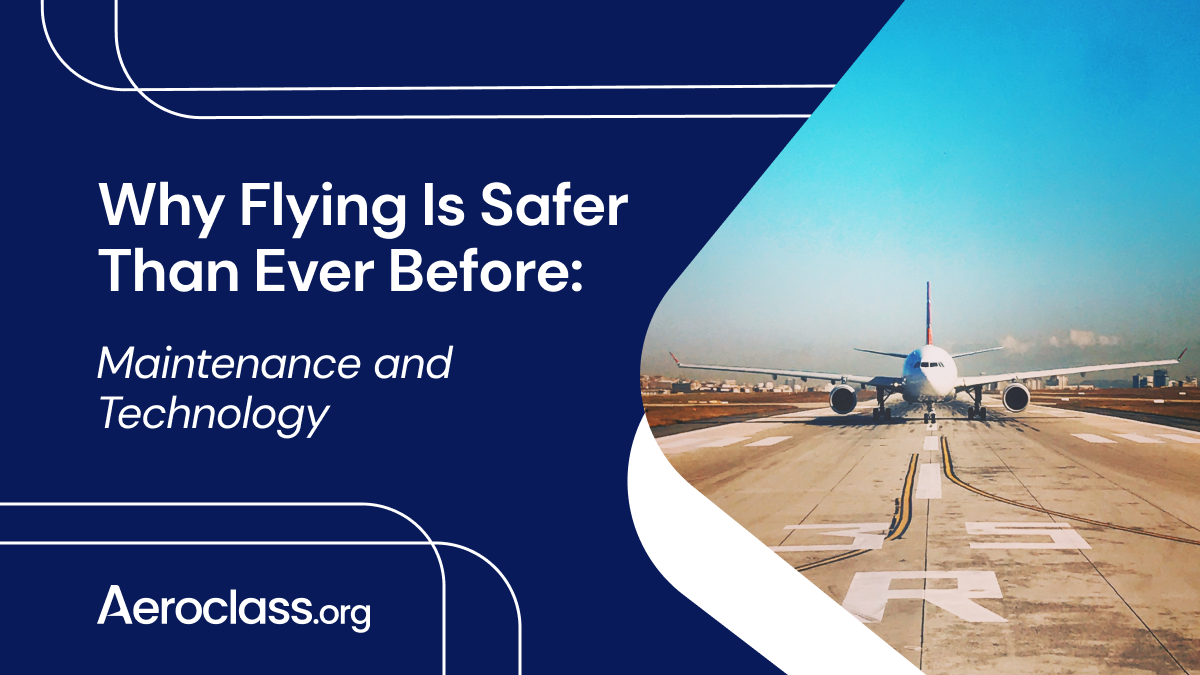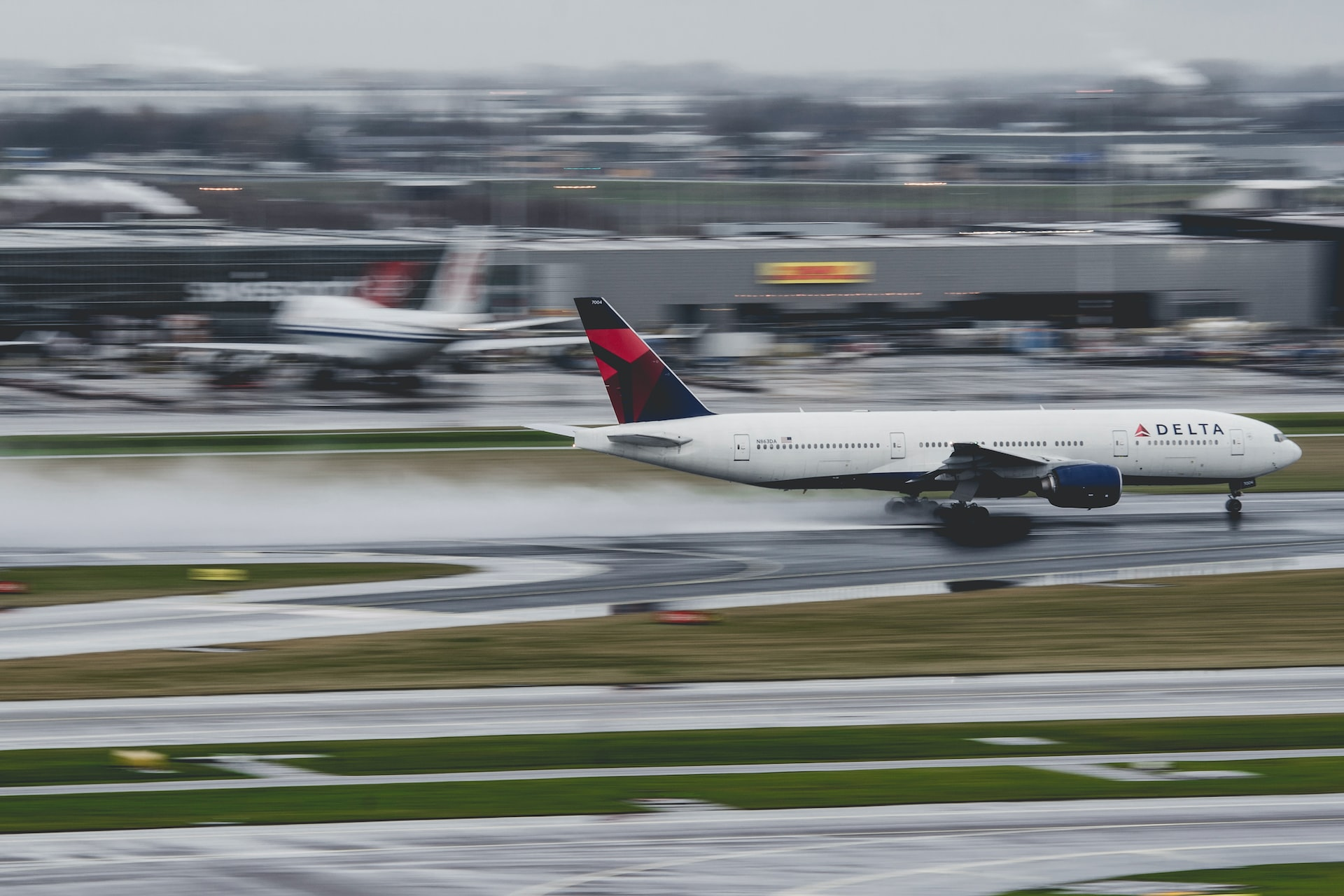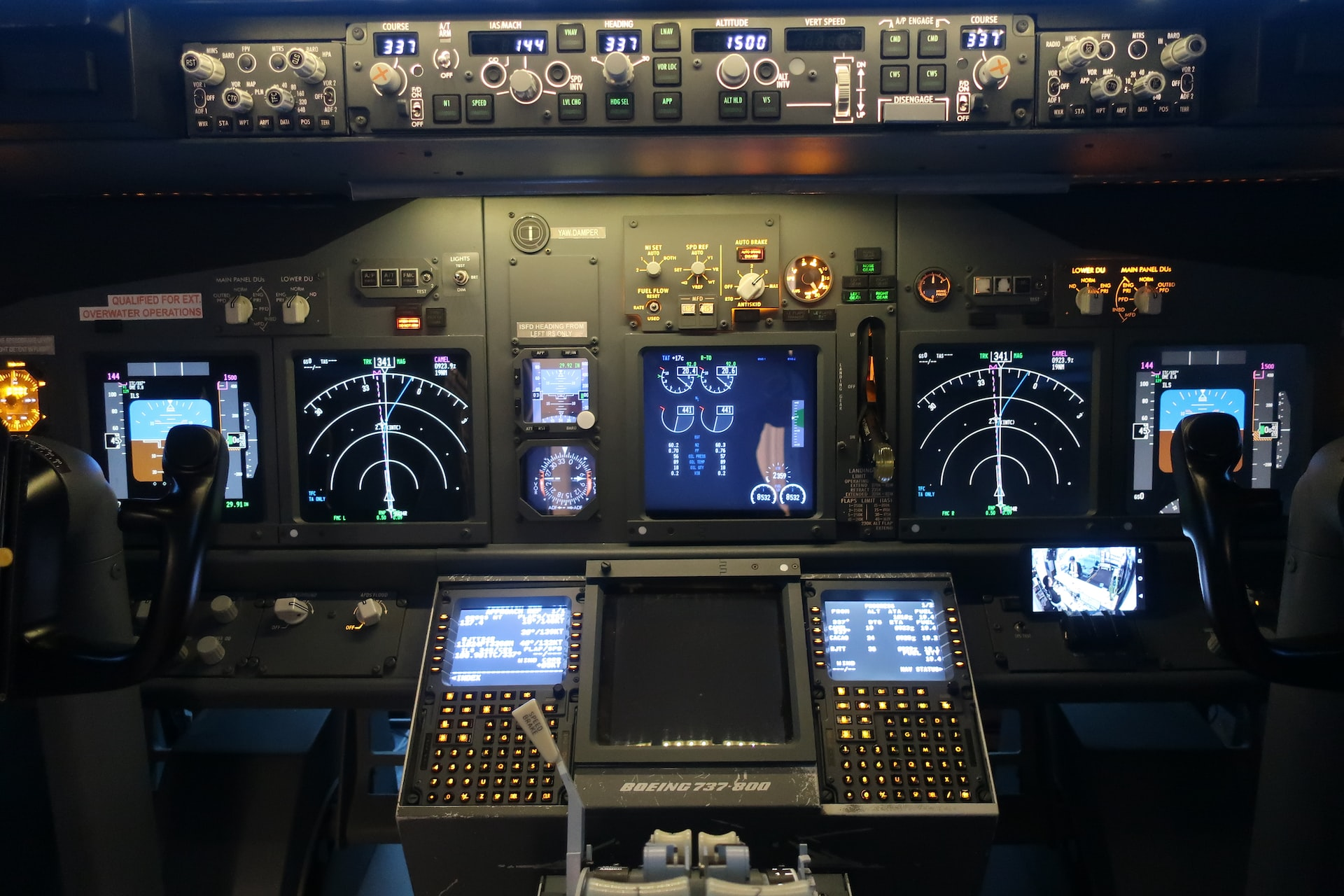The Paramount Importance of Safety Management in Aviation
Other · 3 min read
Whether you are planning a trip or just dreaming of one, check our recommendations for the best airlines to fly to Japan!

We have mentioned in many of our blog posts that safety is a top priority within the aviation industry, and we cannot do anything but emphasize it again.
With the advent of the airline industry in the early 20th century, people began to travel by air more frequently than ever before. And as air traffic increased, so too did concerns about aviation safety.
Today, flying is widely considered to be one of the safest forms of travel, thanks in part to the many advances that have been made in regard to air travel safety over the years, including better technologies and training for the crew and air traffic controllers. But just how safe is it really? Let’s take a look.
It is important to put commercial aviation safety in perspective. Although flying is considered safe, there are inherent risks involved in any form of travel.
When you consider the large number of people who fly each year, the number of accidents is actually quite small. For example, in 2017 there were approximately 3 billion enplanements (takeoffs and landings) in the United States, and only seven fatal accidents involving U.S.-registered aircraft. That works out to a rate of 0.000023 percent—or about one accident for every 4 million flights.
Moreover, the International Civil Aviation Organization (ICAO) recently released the 2022 global safety report showing that last year, the aviation industry saw a 9.8% decrease in accidents compared to 2020. The report also shows that fatalities resulting from aircraft accidents dropped 66%. These numbers have fallen despite an 11% increase in total scheduled flights.
On its part, the National Transportation Safety Board (NTSB) has conducted research that found that passengers on any commercial flight are highly likely to avoid a fatal accident. They reported that even if the plane does go down, the probability of surviving the crash is as high as 95%. In the European Union, The European Transport Safety Council estimates that of aircraft accidents worldwide, all passengers survived in 90% of the occurrences.

Most commercial aircraft today are equipped with modern navigational aids that help pilots fly their aircraft safely and efficiently. However, one of the biggest factors in aviation operations safety is air traffic control (ATC).
ATC is responsible for separating aircraft and ensuring that they stay clear of each other, as well as providing information to pilots that they need for a safe flight. Air traffic controllers use radar and other technology to track aircraft, and they communicate with pilots using radio frequencies, some of which are actually reserved for emergencies only.
As part of the information provided, information about other aircraft in the vicinity as well as weather conditions along their route of flight is critical.
Moreover, to increase aircraft safety, pilots can rely on different systems that will help them avoid accidents. One example is the Ground Proximity Warning System (GPWS), which tells the pilot to pull up if he gets too close to the ground.
Also, all commercial aircraft are fitted with a Traffic and Collision Avoidance System (TCAS). This is a backup system designed to take over in case the communication between ATC and the pilot goes down. TCAS monitors all surrounding aircraft traffic along the flight path.

Commercial aircraft and commercial flight operations are required to meet and create strict safety management systems and regulations governed by both national and international authorities. These regulations cover everything from the design and construction of the aircraft, to the qualifications and CRM training of the flight crew such as pilots and flight attendants. In order to ensure that these regulations are adhered to, regular audits and inspections are carried out by both government agencies and independent organizations.
In the United States, the Federal Aviation Administration (FAA) is responsible for regulating and overseeing the nation’s airspace system. The agency promulgates regulations and standards that must be followed by airlines, airports, pilots, and other personnel involved in aviation operations.
The FAA also inspects airlines and airports to ensure they are complying with these regulations and standards. In addition, the FAA investigates accidents to determine their cause and makes recommendations to prevent future accidents from occurring.
In the EU, the European Union Aviation Safety Agency (EASA) is in charge, and it carries out certification, regulation, and standardization while also performing investigation and monitoring.

Another critical element of safety in the aviation and airline industry is ensuring that aircraft are properly maintained. This includes regular inspections and servicing, as well as any necessary repairs or replacements.
Aircraft maintenance is typically carried out by specialized engineering firms, although some airlines do have their own in-house maintenance departments. In order to ensure that aircraft are safe to fly, most countries have laws and regulations governing aircraft maintenance.
One of the main ways that aircraft maintenance helps to maintain aviation safety is by ensuring that all aircraft are properly inspected on a regular basis, this process is also called preventive maintenance. This includes checking for any damage or wear and tear, as well as making sure that all of the aircraft’s systems are working correctly. If any problems are found, the maintenance crew will typically make the necessary repairs or replacements.
Another important role of aircraft maintenance is to keep track of the aircraft’s history. This includes logging any previous problems or incidents, as well as any repairs that have been carried out. Having this information available can help to identify any potential issues with the aircraft and ensure that they are addressed.
Finally, aircraft maintenance is essential in order to keep up with the ever-changing safety regulations. New regulations can often be complex and require specific steps to be followed in order to meet compliance. The maintenance crew is responsible for ensuring that all of the aircraft’s systems are up to date and meet the latest safety standards.

With modern advances in air traffic control and aircraft design and construction, flying has become one of the safest forms of travel. Although there are inherent risks involved in any form of travel, the number of accidents is relatively low when you consider the large number of people who fly each year.
Air traffic control and modern navigational aids help pilots operate their aircraft safely and efficiently, while regulators such as the Federal Aviation Administration and the European Union Aviation Safety Agency regulate and oversee their corresponding airspace system to help prevent accidents from occurring.
Moreover, by continuing to invest in safety initiatives and technologies, the industry can further reduce the risks associated with flying. It only takes one look at the safety statistics provided by the many reports that are released every year to understand that passengers can rely on their favorite airline to avoid any dangerous situation and guarantee that their airplanes are the safest way to travel.